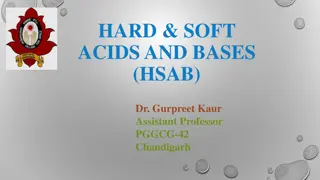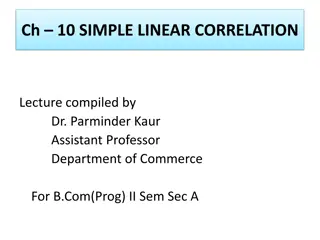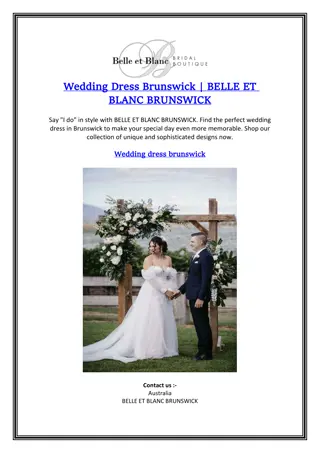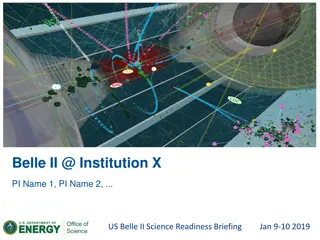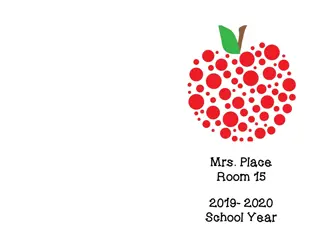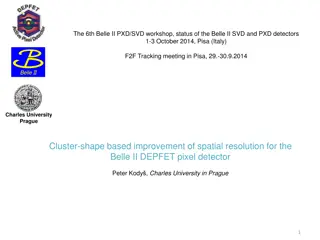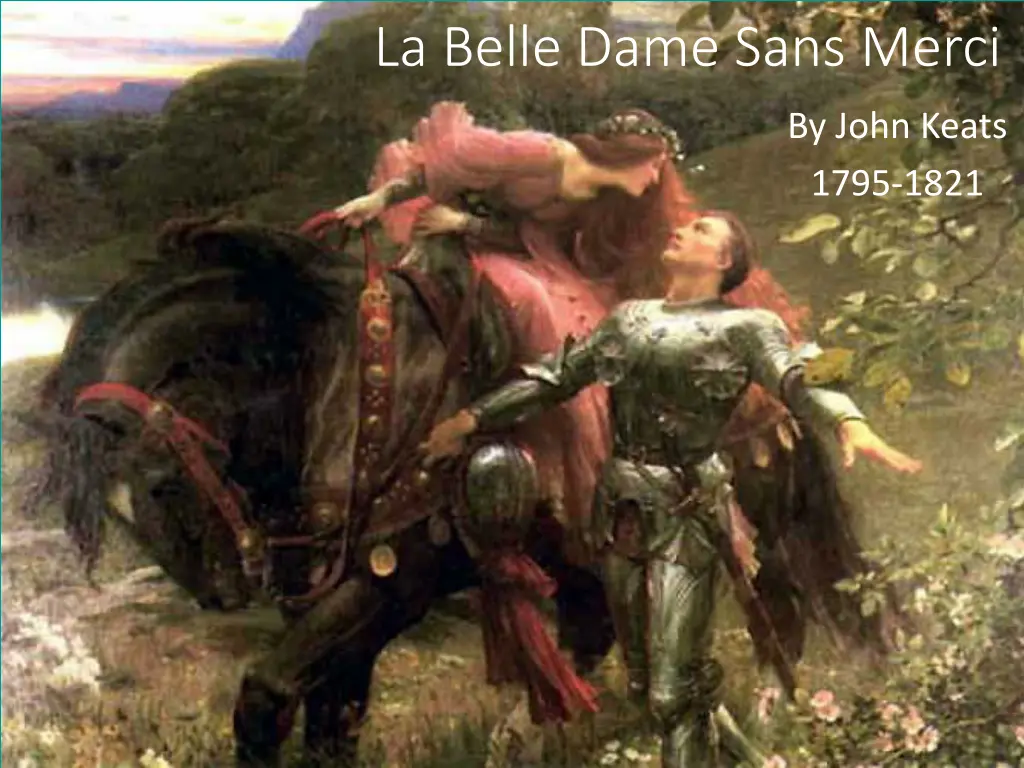
John Keats: Life and Poetry of a Romantic Poet
Explore the life and works of John Keats, a prominent Romantic poet who battled illness and unrequited love while producing timeless poetry like "La Belle Dame Sans Merci." Learn about his turbulent experiences, the inspiration behind his writing, and his lasting impact on literature.
Download Presentation

Please find below an Image/Link to download the presentation.
The content on the website is provided AS IS for your information and personal use only. It may not be sold, licensed, or shared on other websites without obtaining consent from the author. If you encounter any issues during the download, it is possible that the publisher has removed the file from their server.
You are allowed to download the files provided on this website for personal or commercial use, subject to the condition that they are used lawfully. All files are the property of their respective owners.
The content on the website is provided AS IS for your information and personal use only. It may not be sold, licensed, or shared on other websites without obtaining consent from the author.
E N D
Presentation Transcript
La Belle Dame Sans Merci By John Keats 1795-1821
Learning Objective: LO: analyse the language used by a writer to create meanings and effects, using relevant subject terminology where appropriate.
La Belle Dame Sans Merci The Beautiful Lady Without Mercy What do we understand from the title of the poem?
VI. I set her on my pacing steed, And nothing else saw all day long, For sidelong would she bend, and sing A faery s song. I. O WHAT can ail thee, knight-at-arms, Alone and palely loitering? The sedge has wither d from the lake, And no birds sing. II. O what can ail thee, knight-at-arms! So haggard and so woe-begone? The squirrel s granary is full, And the harvest s done. III. I see a lily on thy brow With anguish moist and fever dew, And on thy cheeks a fading rose Fast withereth too. IV. I met a lady in the meads, Full beautiful a faery s child, Her hair was long, her foot was light, And her eyes were wild. V. I made a garland for her head, And bracelets too, and fragrant zone; She look d at me as she did love, And made sweet moan. XI. I saw their starved lips in the gloam, With horrid warning gaped wide, And I awoke and found me here, On the cold hill s side. XII. And this is why I sojourn here, Alone and palely loitering, Though the sedge is wither d from the lake, And no birds sing. VII. She found me roots of relish sweet, And honey wild, and manna dew, And sure in language strange she said I love thee true. VIII. She took me to her elfin grot, And there she wept, and sigh d fill sore, And there I shut her wild wild eyes With kisses four. IX. And there she lulled me asleep, And there I dream d Ah! woe betide! The latest dream I ever dream d On the cold hill s side. X. I saw pale kings and princes too, Pale warriors, death-pale were they all; They cried La Belle Dame sans Merci Hath thee in thrall!
AO3: Context AO3: Context
1795-1821 Romantic Poet John Keats Keats was the youngest of the Romantics. He was born in East London, where his father managed stables. He was mostly self- taught and trained to be an apothecary at the age of fourteen. When he started writing poetry, most critics dismissed him as an upstart due to his lack of formal education. Keats mother died of tuberculosis when he was fourteen. Keats nursed his brother through the same illness; he died in 1818. A short while after, Keats himself showed signs of the disease and, knowing he was going to die, went to live in Italy where, it was thought, the warmer weather would prolong his life. He wrote La Belle with the shadow of death hanging over him, in physical and emotional agony. Keats fell in love with Fanny Brawne and they were engaged to be married, however were kept apart because of his financial problems, then his illness. She remained loyal to him until his death. He died at the age of 25. He was only beginning to write his best poetry, so he asked that his gravestone bear the words, Here lies one whose name was writ in water he didn t think he d lived up to his potential, thought his life was too short to be memorable, and that his poetry was like words written in water .
La Belle Dame The title of the poem comes from a 15th century poem by Alain Chartier, a French poet. It consists of 100 stanzas of dialogue between a male lover and the lady he loves ( l Amant et la Dame). Their dialogue is framed by the narrator-poet who is grieving for his own recently deceased love. The male lover in this poem is alone on horseback, driven to wander by Sadness, and robbed of feeling by Death. The lady eventually refuses to return his feelings of love. The beautiful lady without pity is a popular character in folk tales, classical literature, Renaissance poetry and medieval ballads. She is a femme fatale, a siren, a Circe-like figure who attracts lovers only to destroy them with her supernatural powers. These are figures without pity whose function is to entrap.
AO2: Language and Imagery AO2: Language and Imagery
This image creates a medieval setting Consonance draws our attention to palely , linking it via internal rhymeto ail thee I. O WHAT can ail thee, knight-at-arms, Alone and palely loitering? The sedge has wither d from the lake, And no birds sing. II. O what can ail thee, knight-at-arms! So haggard and so woe-begone? The squirrel s granary is full, And the harvest s done. Marsh plants Sick and depressed The condition of the trees and lakes reflect the mood of the knight. They are withering and silent, like he is haggard and ailing. He must also be silent as he does not reply until a later stanza. There are hints of a time of year suggesting it is autumn.Squirrel/harvest are the clues. This is significant because this is the end of the time of fertility, linking thematically to the cycle of life. The poem is also cyclical and represents the knight s entrapment. Reoccurring
A symbol of death; he is pale III. I see a lily on thy brow With anguish moist and fever dew, And on thy cheeks a fading rose Fast withereth too. IV. I met a lady in the meads, Full beautiful a faery s child, Her hair was long, her foot was light, And her eyes were wild. He is dying The voice shifts here: the knight tells his tale A meadow Supernatural Long hair sensuality Light of foot graceful or quick and unpredictable Wild eyes supernatural? Or a promise of wild sex?
A belt of flowers. V. I made a garland for her head, And bracelets too, and fragrant zone; She look d at me as she did love, And made sweet moan. This seems to suggest an erotic encounter. This suggests sexual confidence VI. I set her on my pacing steed, And nothing else saw all day long, For sidelong would she bend, and sing A faery s song.
Manna = food from heaven; God provided this for the Israelites as they wandered in the desert after being freed from slavery. Paradox? Her language is strange but he understands it. VII. She found me roots of relish sweet, And honey wild, and manna dew, And sure in language strange she said I love thee true. VIII. She took me to her elfin grot, And there she wept, and sigh d full sore, And there I shut her wild wild eyes With kisses four. Grotto/cave 1. She is supernatural and has access to heavenly food 2. This links to the man being enslaved by the lady.
A gentle, almost onomatopoeic word IX. And there she lulled me asleep, And there I dream d Ah! woe betide! The latest dream I ever dream d On the cold hill s side. Exclamation of extreme grief; note he interrupts himself to utter it Repetition reinforces the importance of this dream the latest (i.e. last) he will have A shift in tone X. I saw pale kings and princes too, Pale warriors, death-pale were they all; They cried La Belle Dame sans Merci Haththee in thrall! Repetitionof pale echoes dream and links the two Consonance links these words, suggesting cause/effect the shared fate of the knight Harsh sound of their cry this wakes him in the next stanza
dusk XI. I saw their starved lips in the gloam, With horrid warning gaped wide, And I awoke and found me here, On the cold hill s side. XII. And this is why I sojourn here, Alone and palely loitering, Though the sedge is wither d from the lake, And no birds sing. Love and illness/death are linked via this horrid warning Death approaches The closing lines are repeated from stanza 1 but spoken by a different voice What is the poet saying here? What is the effect of this?
Imagery: Flowers Line 9: Lilies are often associated with death, so the lily on the knight s brow (forehead) suggests that he is close to death. Lilies are also pale white, so reflect the knight s colour. Line 11: Roses are associated with love the knight s rose is fading and wither[ing] . This implies the end of a romantic relationship. It also describes the knight s complexion as the rose in his cheeks fades. Lines 17-18: The knight makes a garland and bracelet of flowers for the lady. These seem to suggest that he is in love with her, the flowers representing his regard. Line 18: A fragrant zone is a belt made from flowers; it could also be a euphemism for the lady s genitals.
Imagery: Water Medieval romances often associate women with water; traditionally, men are weakened by their contact with these women. Line 3: death and wither[ing] are associated with the lake . It is worth considering that lakes, unlike rivers, do not flow they can stagnate. Line 10: the knight s face is moist with fever dew . Line 26: the knight tells us that the lady fed him manna dew . It is unusual for manna to be presented as a liquid; this links to the fever that the knight has.
AO2: Form / Structure AO2: Form / Structure
VI. I set her on my pacing steed, And nothing else saw all day long, For sidelong would she bend, and sing A faery s song. I. O WHAT can ail thee, knight-at-arms, Alone and palely loitering? The sedge has wither d from the lake, And no birds sing. II. O what can ail thee, knight-at-arms! So haggard and so woe-begone? The squirrel s granary is full, And the harvest s done. III. I see a lily on thy brow With anguish moist and fever dew, And on thy cheeks a fading rose Fast withereth too. IV. I met a lady in the meads, Full beautiful a faery s child, Her hair was long, her foot was light, And her eyes were wild. V. I made a garland for her head, And bracelets too, and fragrant zone; She look d at me as she did love, And made sweet moan. XI. I saw their starved lips in the gloam, With horrid warning gaped wide, And I awoke and found me here, On the cold hill s side. XII. And this is why I sojourn here, Alone and palely loitering, Though the sedge is wither d from the lake, And no birds sing. VII. She found me roots of relish sweet, And honey wild, and manna dew, And sure in language strange she said I love thee true. VIII. She took me to her elfin grot, And there she wept, and sigh d fill sore, And there I shut her wild wild eyes With kisses four. IX. And there she lulled me asleep, And there I dream d Ah! woe betide! The latest dream I ever dream d On the cold hill s side. Can you identify the rhyme scheme? X. I saw pale kings and princes too, Pale warriors, death-pale were they all; They cried La Belle Dame sans Merci Hath thee in thrall!
I. O WHAT can ail thee, knight-at-arms, Alone and palely loitering? The sedge has wither d from the lake, And no birds sing. II. O what can ail thee, knight-at-arms! So haggard and so woe-begone? The squirrel s granary is full, And the harvest s done. III. I see a lily on thy brow With anguish moist and fever dew, And on thy cheeks a fading rose Fast withereth too. IV. I met a lady in the meads, Full beautiful a faery s child, Her hair was long, her foot was light, And her eyes were wild. V. I made a garland for her head, And bracelets too, and fragrant zone; She look d at me as she did love, And made sweet moan. A B C B The simplicity of the poem s structure contrast with its complex interpretations. A B C B Each stanza has three lines of iambic tetrameter, then a fourth dimetric line (i.e. two feet or beats). This gives the ballad a slow, steady rhythm and ensures that the shorter last lines of each quatrain hurtle us forward to the next. A B C B A B C B A B C B
The Ballad A ballad is an old fashioned form of poem that typically tells a story. They were primarily an oral form of poetry, designed to be performed, memorised and passed on to friends. Keats along with other Romantics tries to mimic this style in his written work, taking advantage of the deceptively simple form. Ballads, as they were meant to be performed out loud, sound like songs. The rhythm of the words, the rhyme scheme, the alliteration and repetition give them a music-like harmony. Keats uses a number of stylistic features of the ballad, such as simplicity of language, repetition and absence of detail. In line with tradition, Keats does not identify his questioner, or the knight, or the lady. Like some of the old ballads, it deals with the supernatural. Keats uses a question-and-response form, also borrowed from ballads. In the first three stanzas the speaker asks the knight questions; the rest of the poem is taken up with his response.
AO4/5: Links and Interpretations AO4/5: Links and Interpretations
How can we link this to other poems we have read? How does it link to attitudes towards love or lust? The motives of the lady are only described from the knight s point of view. We are never told why she cries in her elfin grot . Some readers suggest he has hurt or injured her in some way. Is this a valid reading? Some readers see the poem as Keats personal rebellion against the pains of love. La Belle Dame is about being abandoned by the one you love. The lady abandons him without pity and the knight s solitude is the framing image of the poem. What do these readings offer us?
AO1: What kind of love is presented in this poem? Think about: The characteristics of love The representation of the people involved The feelings of the speaker Any imagery or language used The way the structure and form reflects this You can either: Write a side of A4 to explain your answer. Write a detailed plan of your answer. Make sure you include and analyse quotations from the text.


